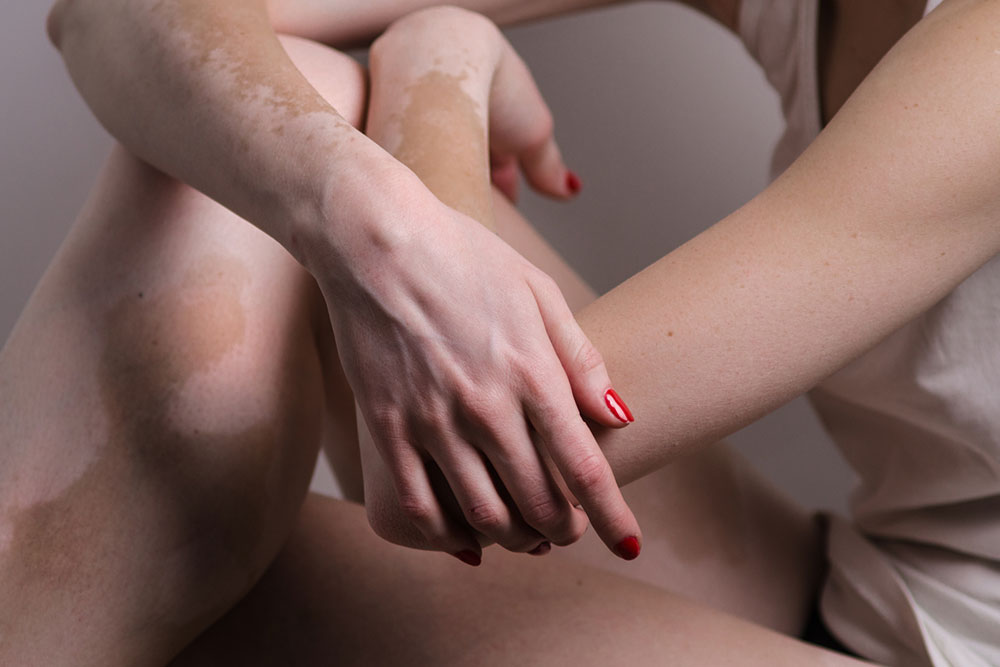
5 tips for managing vitiligo symptoms
Vitiligo is an autoimmune condition that causes the skin to lose its natural color. It affects millions of people all over the world. Living with this condition can be tough, as various factors can trigger it. This is why it is important to know some ways in which one can manage the condition and prevent it from worsening. To help with that, here are a few tips to manage the symptoms of vitiligo.
Eat foods rich in antioxidants
Vitiligo is a condition that results in the depigmentation of the skin. One of the ways to prevent this is by consuming more antioxidants. These compounds help reduce the stress on the melanin cells, which are responsible for skin pigmentation. One can find antioxidants in several foods, such as nuts, seeds, citrus fruits, and berries. These are also rich in omega-3 fatty acids, which have antioxidant properties. Incorporating these into one’s meals can help protect the skin cells and reduce the risk of depigmentation caused by vitiligo.
Avoid inflammatory foods
Vitiligo is a skin condition that causes loss of pigment, resulting in white patches on the skin. It is essential to follow a balanced meal plan rich in antioxidants and free from inflammatory foods to alleviate its symptoms. Inflammatory foods like sugary foods and drinks, white bread, white pasta, gluten, and highly processed foods can worsen the condition. Hence, it is best to avoid these foods and focus on consuming antioxidant-rich foods that can help boost the immune system and promote healthy skin.
Incorporate beta-carotene-rich foods
Quite a few studies and observations have shown that consuming foods with beta-carotene helps reduce the symptoms of vitiligo. Beta-carotene can also help strengthen the immune system, which helps with the condition. Beta-carotene is commonly found in yellow, orange, and green vegetables. So, one can include vegetables such as spinach, kale, tomatoes, carrots, broccoli, and lettuce to boost beta-carotene.
Use sunblock
Individuals with vitiligo must protect their skin from harsh sunlight. The depigmented areas are more susceptible to sunburn and skin damage, and vitiligo symptoms can be triggered by sunburn. To avoid that, individuals should apply sunscreen when stepping out. They should choose a sunscreen with at least SPF 25 and protection against the sun’s UVA and UVB rays. Besides that, individuals can also use other ways to avoid sun damage, like being in the shade and wearing broad hats and loose cotton clothes.
Avoid wounds and harsh chemicals
It is important to note that skin wounds, like sunburns, can worsen the symptoms of vitiligo. Therefore, individuals with vitiligo must take extra care to protect their skin from injury. Moreover, certain chemicals in skin products can also trigger the symptoms of vitiligo. Hence, using products specifically for sensitive skin is advisable to avoid adverse reactions.
By mindfully following the above tips, individuals can more effectively manage their vitiligo symptoms and maintain healthy skin.